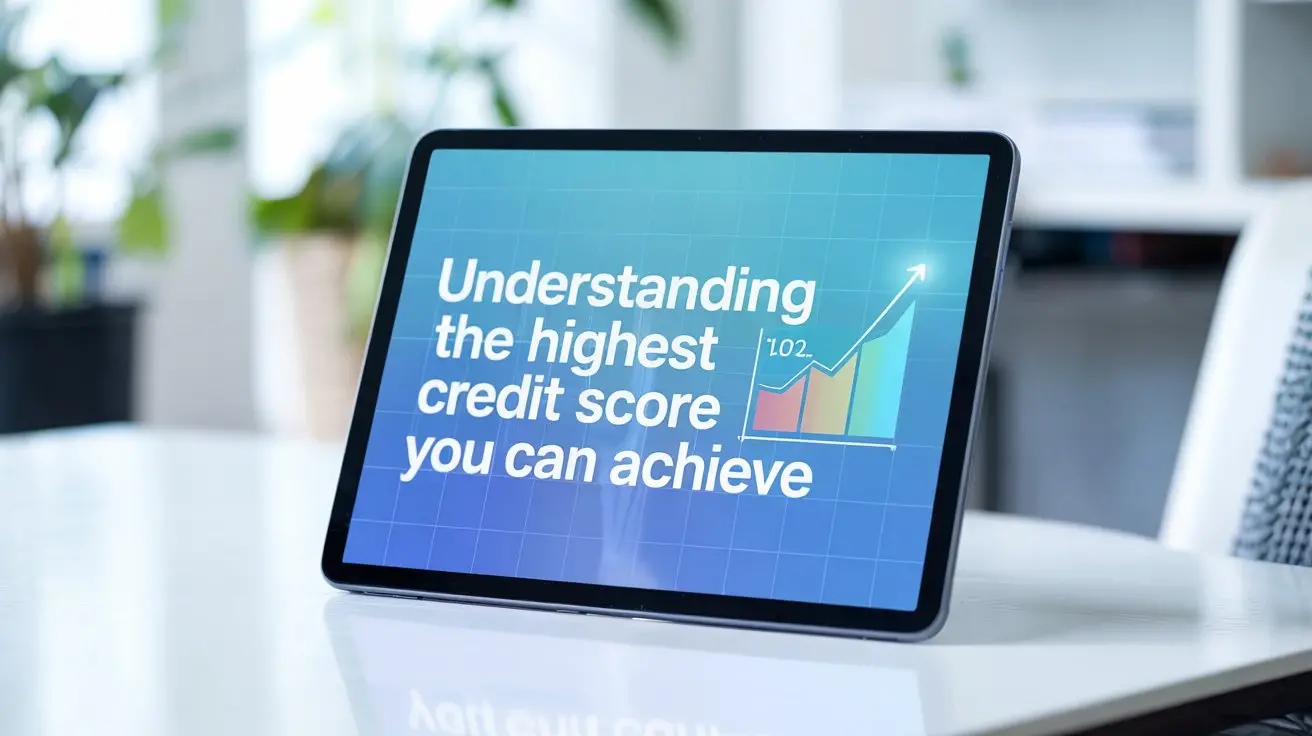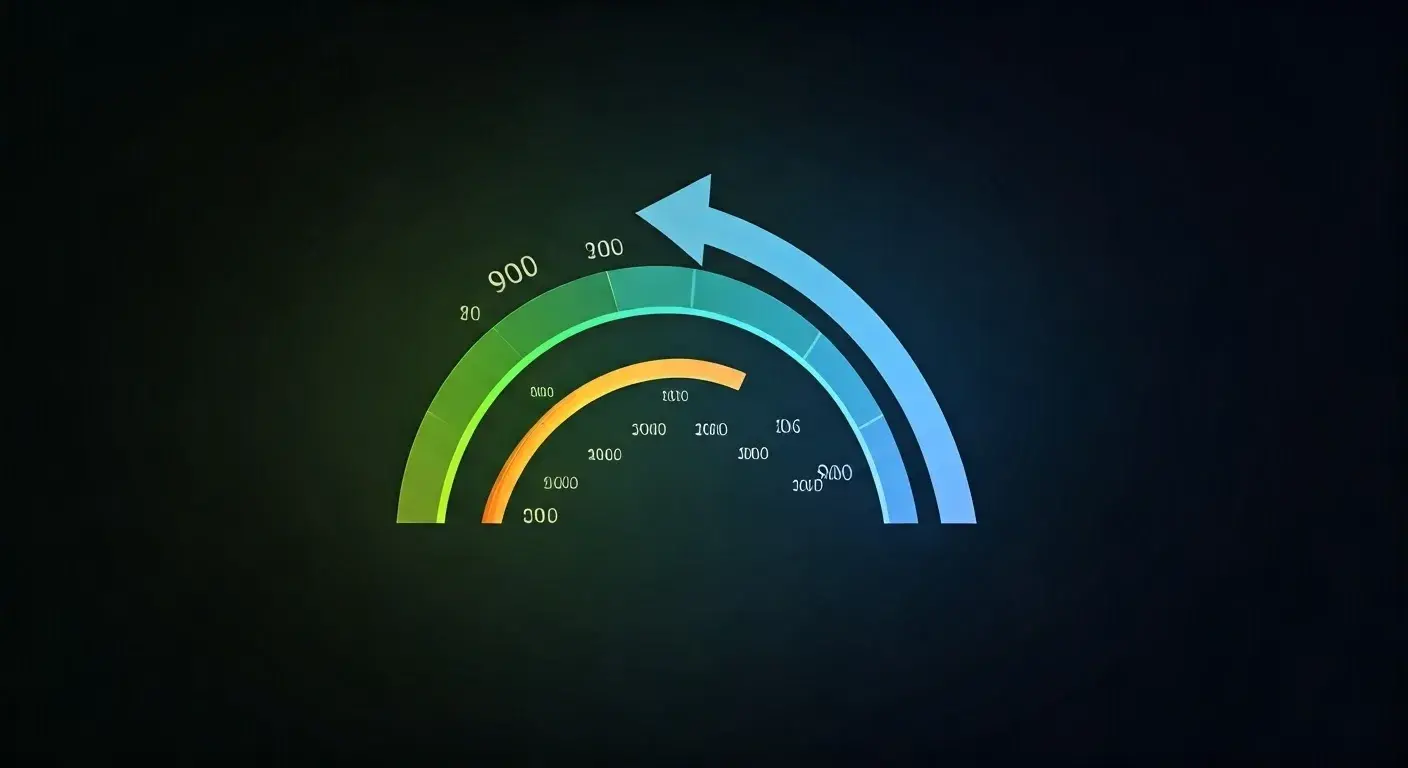-
Posted on: 05 Aug 2024

-
Your FICO score is a crucial three-digit number that significantly impacts your financial life. It plays a vital role in determining your eligibility for loans, credit cards, mortgages, and even rental agreements. Understanding your FICO score and how to access it is essential for maintaining good financial health. A common question is: "Is viewing your FICO score free?" The answer is both yes and no, depending on where you look and the methods you use. This comprehensive guide explores the various ways to potentially access your FICO score for free and the associated considerations.
Understanding the Importance of Your FICO Score
Before diving into the methods of accessing your FICO score, it's important to understand why it matters. Your FICO score is a numerical representation of your creditworthiness, calculated based on information in your credit reports from the three major credit bureaus: Experian, Equifax, and TransUnion. Lenders use this score to assess the risk of lending you money.
Key Factors Influencing Your FICO Score:
- Payment History (35%): This is the most significant factor. Making timely payments on your debts is crucial.
- Amounts Owed (30%): The amount of debt you owe compared to your available credit (credit utilization ratio) significantly impacts your score.
- Length of Credit History (15%): A longer credit history generally results in a higher score.
- Credit Mix (10%): Having a mix of different types of credit accounts (e.g., credit cards, installment loans) can positively influence your score.
- New Credit (10%): Opening too many new credit accounts in a short period can lower your score.
A good FICO score can lead to lower interest rates on loans, better credit card offers, and increased approval chances for various financial products. Conversely, a low FICO score can result in higher interest rates, limited access to credit, and difficulty securing housing or even employment.
Ways to Potentially Access Your FICO Score for Free
While obtaining your FICO score directly often involves a fee, several avenues offer potential free access. These methods usually involve partnerships with financial institutions or credit monitoring services.
1. Credit Card Issuers
Many credit card issuers now provide free FICO scores as a benefit to their cardholders. This is often offered through online banking portals or mobile apps. These scores are usually updated monthly and can be a valuable tool for monitoring your credit health.
Common Credit Card Companies Offering Free FICO Scores:
- Discover
- Capital One
- American Express
- Bank of America
- Citi
- U.S. Bank
If you are a cardholder with one of these institutions, check your online account or mobile app to see if this feature is available. Keep in mind that the FICO score you receive may be a specific version, such as the FICO Score 8, which is widely used but not necessarily the only version used by all lenders.
2. Free Credit Monitoring Services (Limited Trials)
Some credit monitoring services offer free trial periods that include access to your FICO score. These trials typically require you to provide your credit card information and will automatically enroll you in a paid subscription after the trial period ends. It's crucial to read the terms and conditions carefully and cancel the subscription before the trial ends if you don't want to be charged.
Examples of Credit Monitoring Services Offering Free Trials:
- Experian CreditWorks
- MyFICO (offers a free trial for a premium subscription)
These services often provide additional features beyond just your FICO score, such as credit report monitoring, identity theft protection, and alerts for suspicious activity. While the free trial can be a good way to check your score, remember to cancel before the trial ends to avoid unexpected charges.
3. Banks and Credit Unions
Similar to credit card issuers, some banks and credit unions offer free FICO scores to their customers. This is often part of a broader package of financial services aimed at helping customers manage their credit.
Check with your bank or credit union to see if they offer this benefit. You may need to enroll in a specific program or maintain a certain account balance to qualify.
4. FICO Open Access Program
The FICO Open Access program allows lenders to share FICO scores with their customers for free. This initiative has led to more financial institutions offering free FICO scores as a value-added service. While not all lenders participate, the program has significantly expanded the availability of free FICO score access.
5. Non-Profit Credit Counseling Agencies
If you are facing financial difficulties or need help managing your debt, you can seek assistance from a non-profit credit counseling agency. These agencies often provide free credit counseling services, which may include a review of your credit report and a discussion of your FICO score. While they may not directly provide your FICO score for free, they can help you understand the information in your credit report and how it affects your score.
Understanding Different FICO Score Versions
It's important to be aware that there are different versions of the FICO score. The most commonly used versions are FICO Score 8, FICO Score 9, and FICO Score 10. Additionally, there are industry-specific versions of the FICO score used for auto loans and mortgages. The FICO score you receive may differ depending on the source and the version they provide.
Key FICO Score Versions:
- FICO Score 8: This is the most widely used FICO score version.
- FICO Score 9: This version treats medical debt differently and places less emphasis on small-dollar collection accounts.
- FICO Score 10: This version incorporates trended data, looking at your credit behavior over time.
- FICO Auto Score: Used by auto lenders to assess risk.
- FICO Mortgage Score: Used by mortgage lenders to assess risk.
When you access your FICO score for free, be sure to check which version you are receiving. While all versions provide a general indication of your creditworthiness, some lenders may rely more heavily on specific versions. The FICO score provided from one source might differ from the FICO score provided from another source. It is also very possible that lenders use a version you aren’t seeing in any of your provided FICO reports.
What to Do After Obtaining Your FICO Score
Once you have obtained your FICO score, it's important to understand what it means and how to use it to improve your financial situation. Here are some steps you can take:
1. Review Your Credit Report
Your FICO score is based on the information in your credit report. Obtain a copy of your credit report from each of the three major credit bureaus (Experian, Equifax, and TransUnion). You are entitled to one free credit report from each bureau every 12 months through AnnualCreditReport.com.
2. Identify Errors and Dispute Inaccuracies
Carefully review your credit report for any errors, such as incorrect account balances, late payments that were not your fault, or accounts that don't belong to you. If you find any errors, dispute them with the credit bureau in writing. The credit bureau is required to investigate the dispute and correct any inaccuracies.
3. Focus on Improving Your Credit Score
If your FICO score is lower than you would like, take steps to improve it. Here are some tips:
- Pay your bills on time: Payment history is the most important factor in your FICO score.
- Reduce your credit utilization: Keep your credit card balances low compared to your credit limits.
- Avoid opening too many new credit accounts: Opening multiple accounts in a short period can lower your score.
- Maintain a mix of credit accounts: Having a mix of credit cards and installment loans can be beneficial.
4. Monitor Your Credit Regularly
Continue to monitor your credit report and FICO score regularly to track your progress and identify any potential problems. Many credit monitoring services offer alerts for suspicious activity, which can help you protect yourself from identity theft.
Paying for FICO Scores: When It Makes Sense
While seeking free FICO score access is ideal, sometimes paying for it is worthwhile. Here are scenarios where paying for your FICO score might be beneficial:
1. Before Applying for a Major Loan
If you're planning to apply for a mortgage, auto loan, or other significant loan, knowing your exact FICO score beforehand can help you understand your approval odds and the interest rates you're likely to receive. In this case, investing in a direct FICO score from MyFICO.com can be valuable.
2. If You Need a Specific FICO Score Version
Some lenders use specific versions of the FICO score, such as industry-specific scores for auto loans or mortgages. If you want to see the exact score that a lender will use, you may need to pay for it through MyFICO or a similar service.
3. For Comprehensive Credit Monitoring
If you want comprehensive credit monitoring with detailed reports and alerts, a paid credit monitoring service that includes FICO scores may be a good investment. These services offer peace of mind and can help you protect yourself from identity theft.
Alternatives to FICO Score
While FICO scores are widely used, it's important to be aware of other credit scoring models, such as VantageScore. VantageScore is another popular credit scoring model developed by the three major credit bureaus. While VantageScore uses similar factors to FICO, its weighting and algorithms differ, resulting in potentially different scores.
You can often access your VantageScore for free through various financial websites and apps. While VantageScore is not as widely used as FICO by lenders, it can still provide a useful indication of your creditworthiness.











